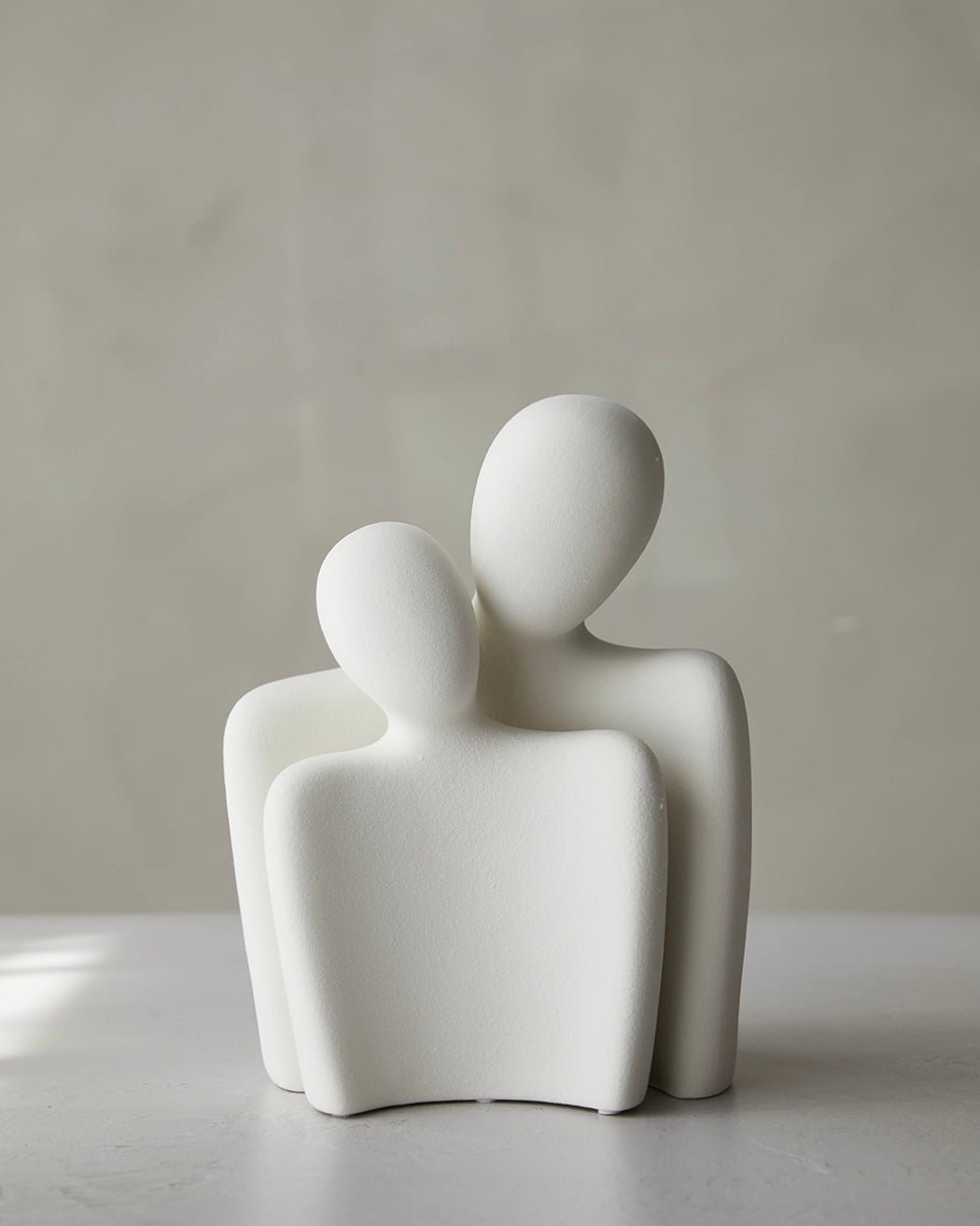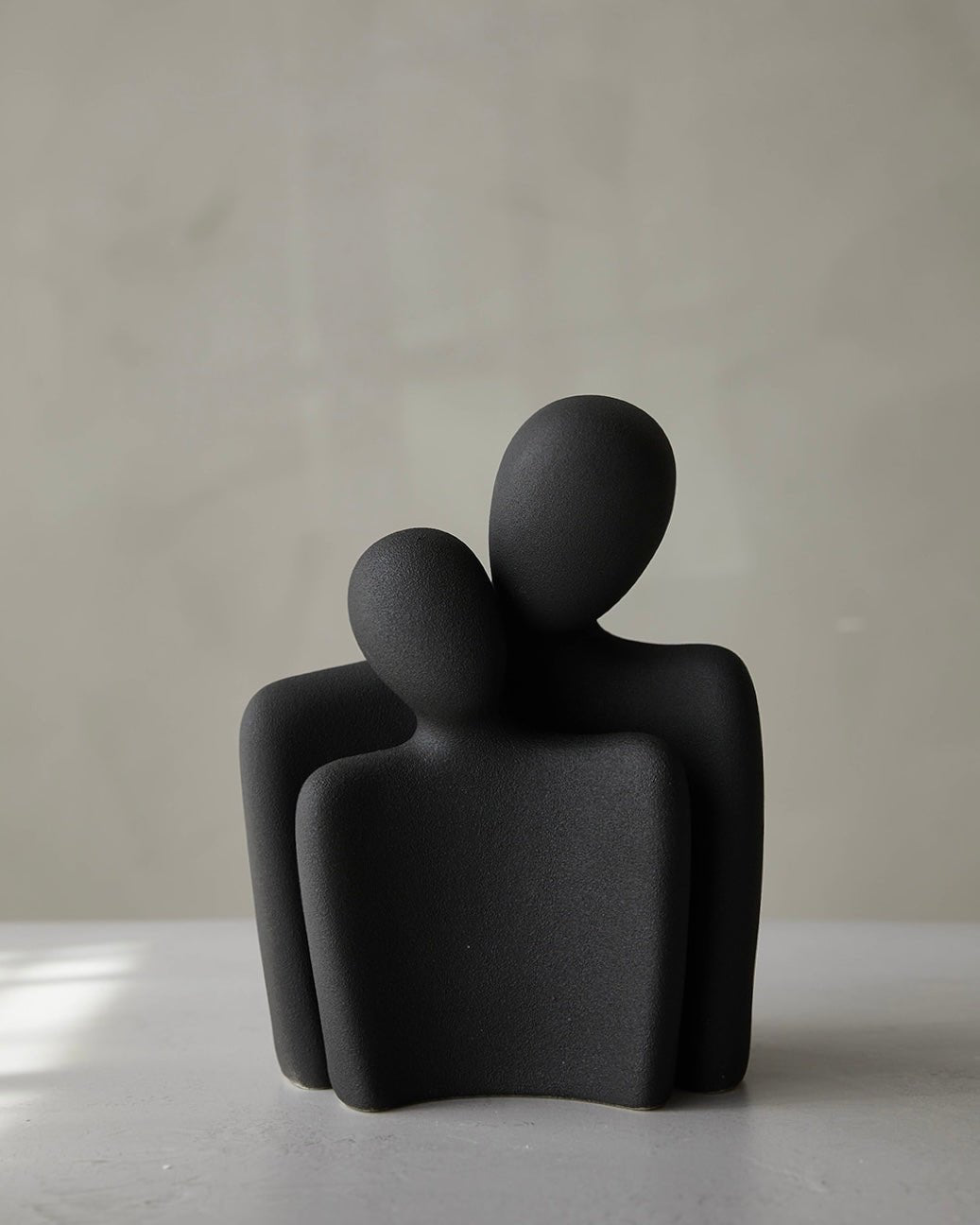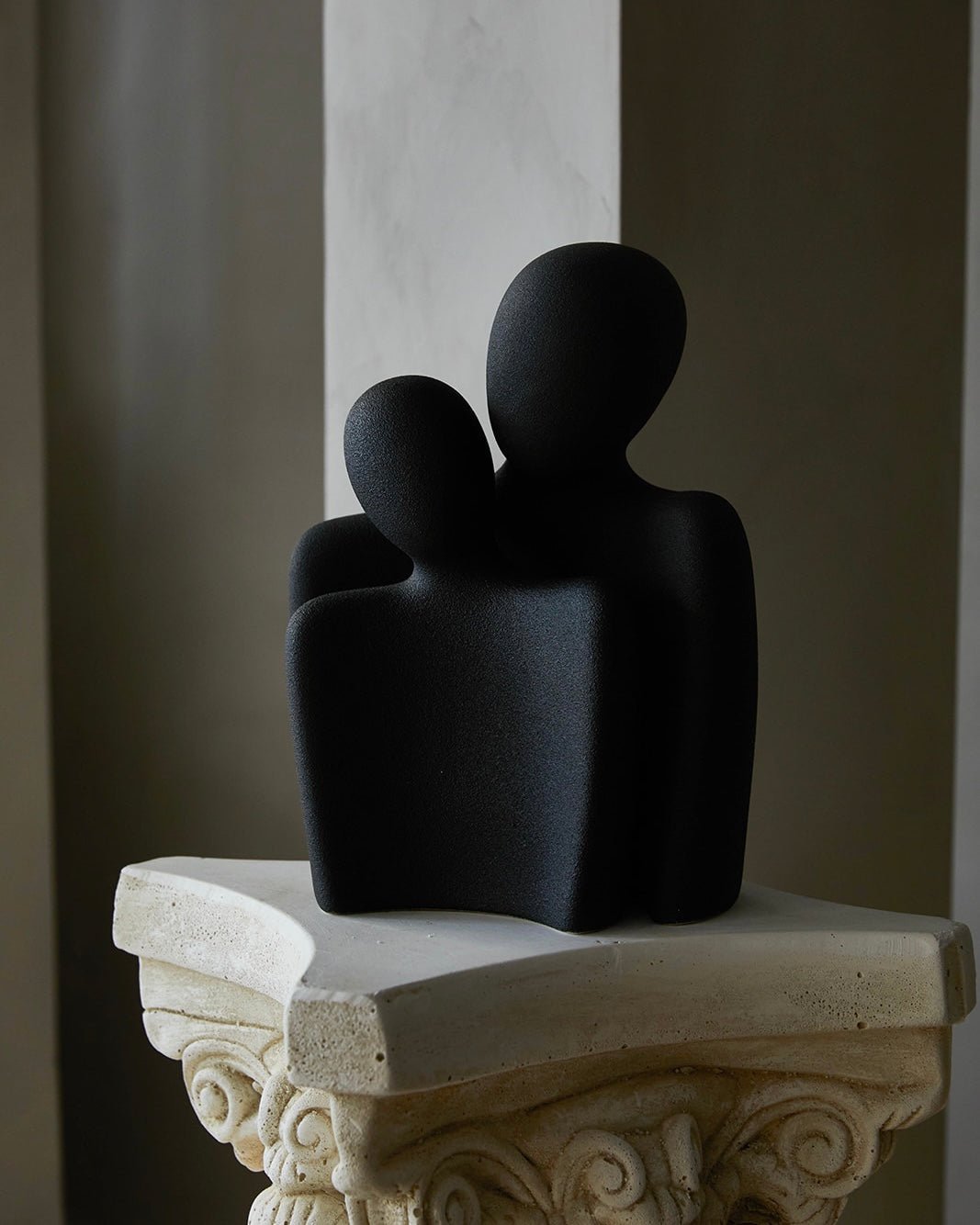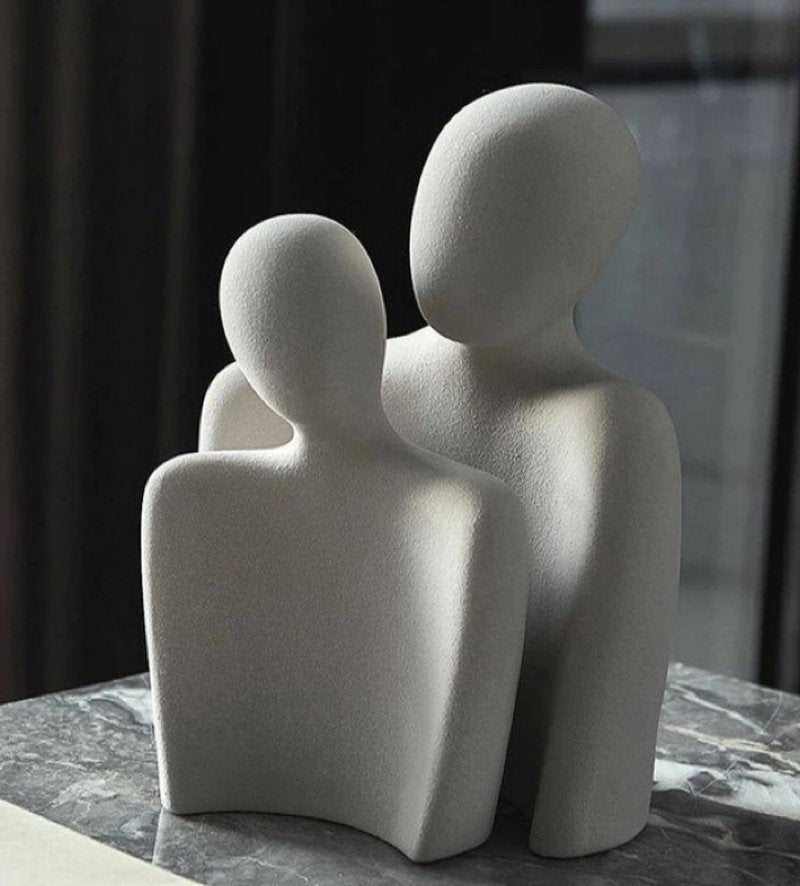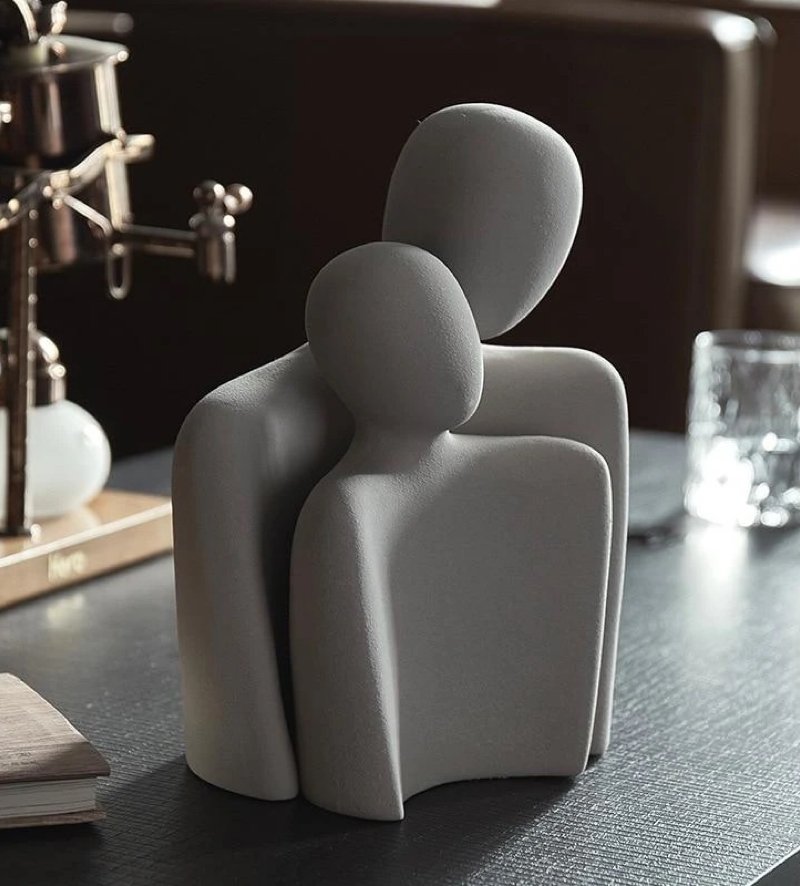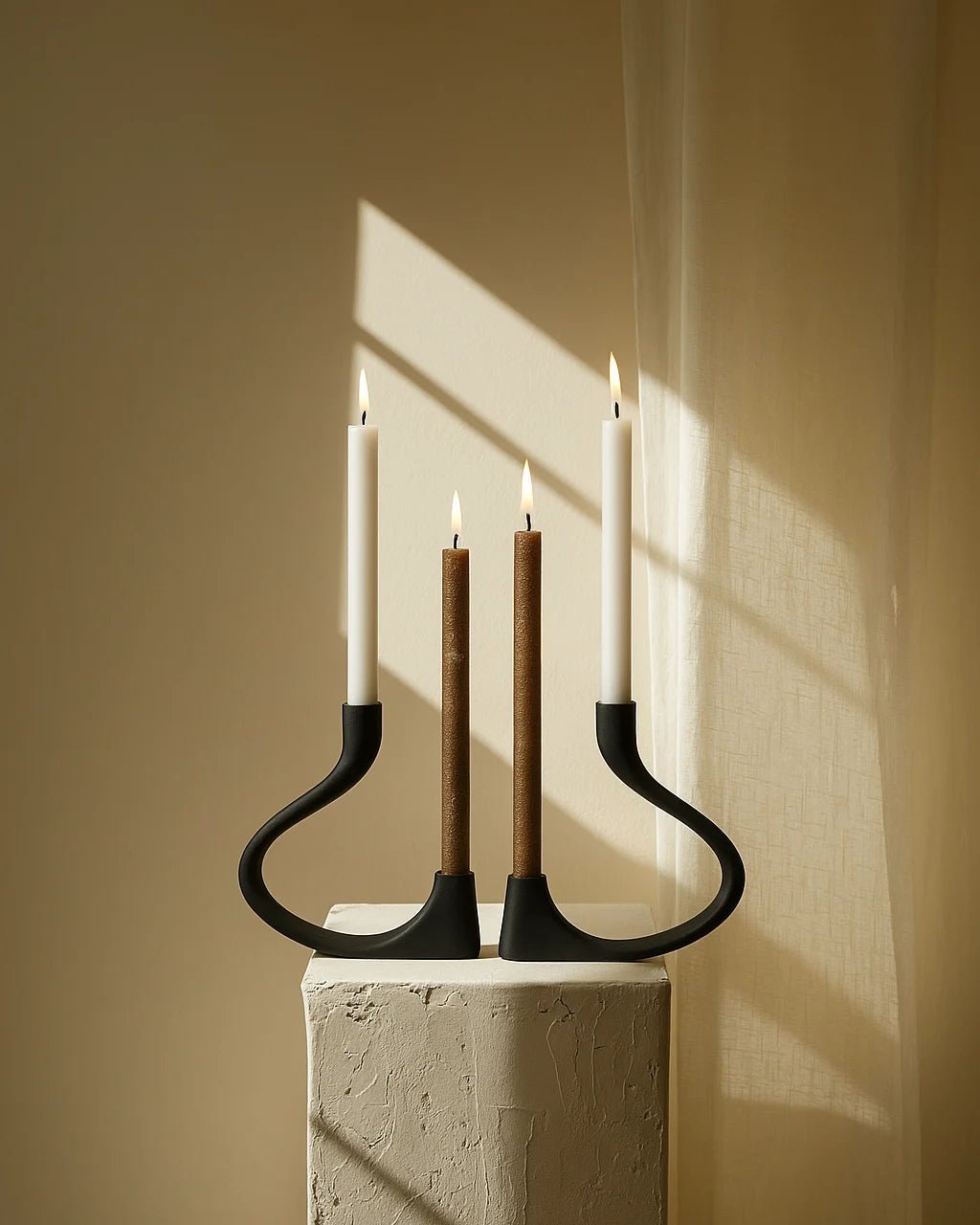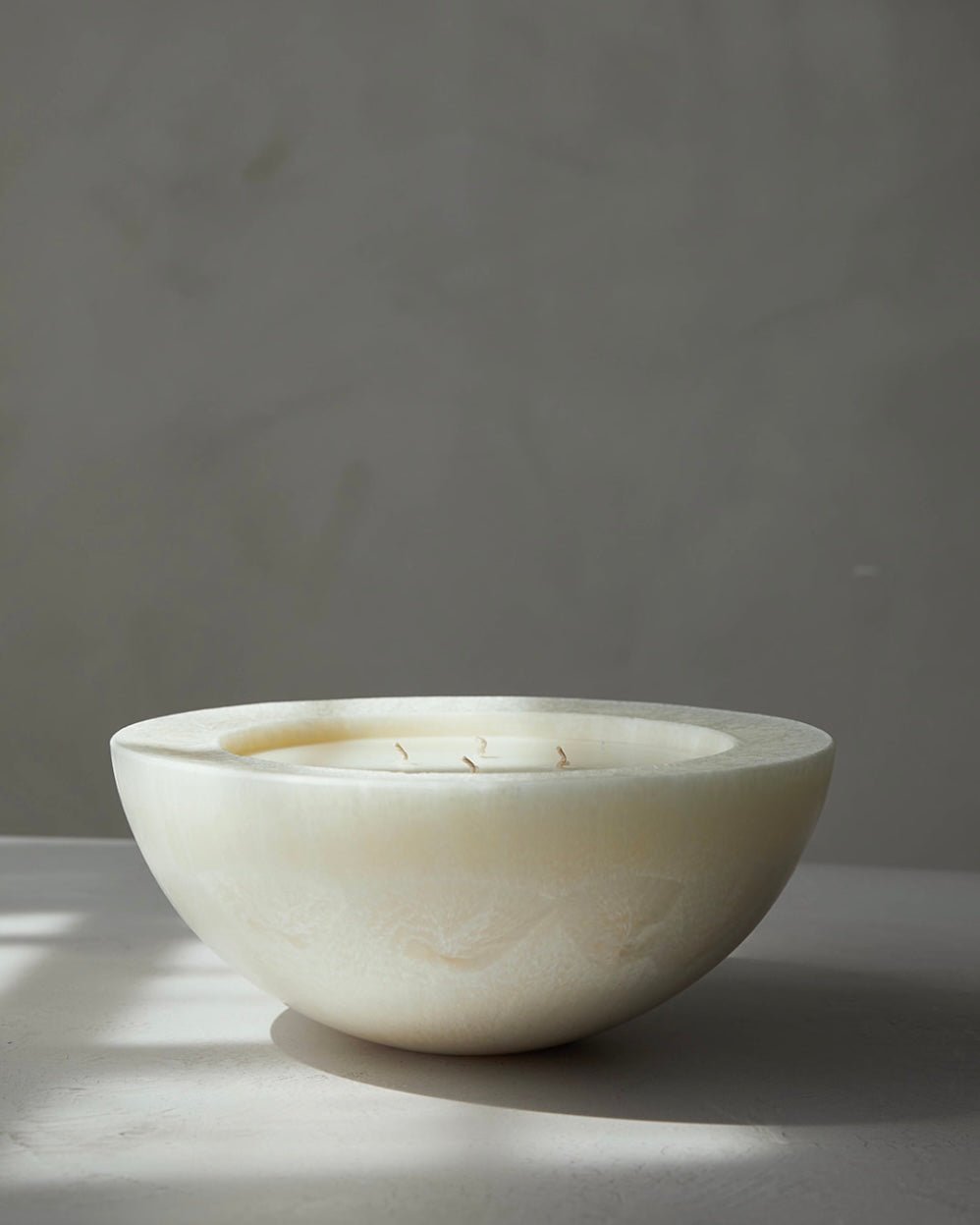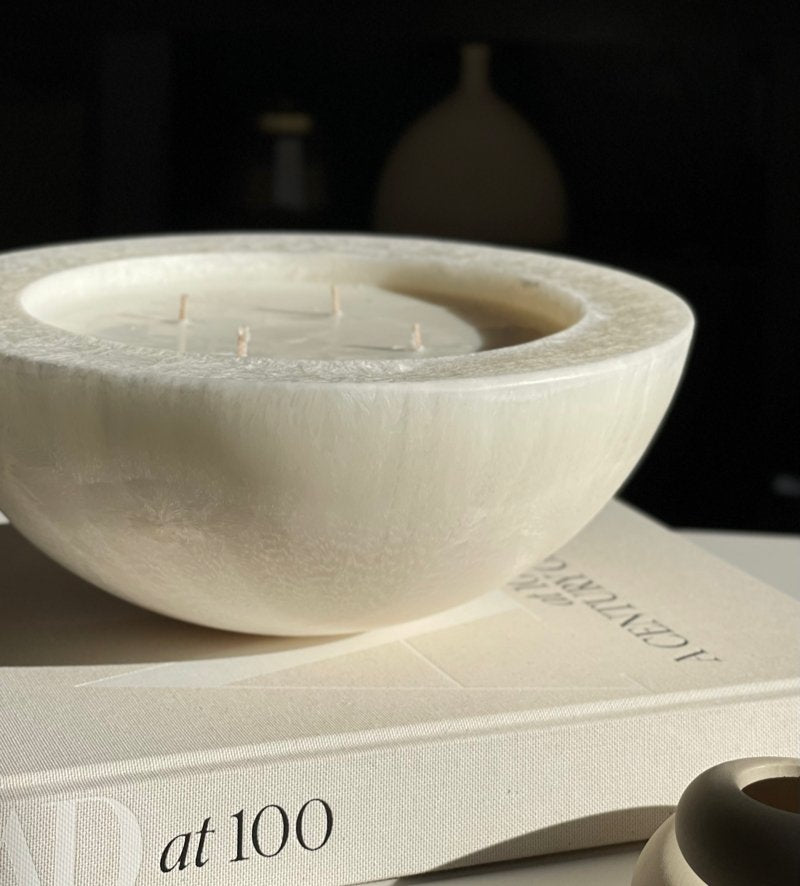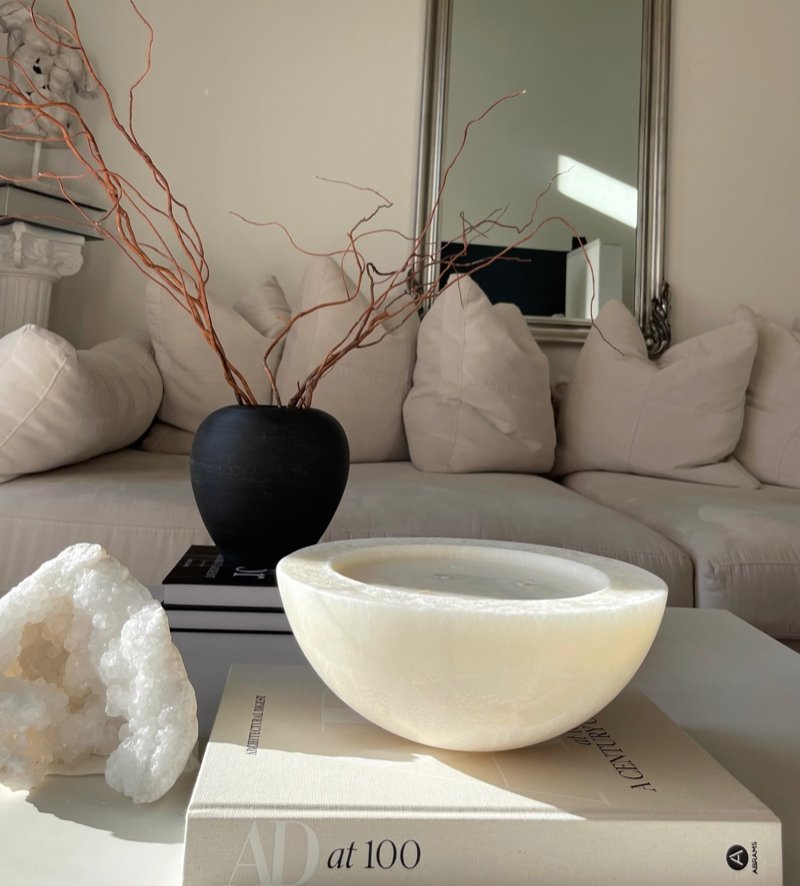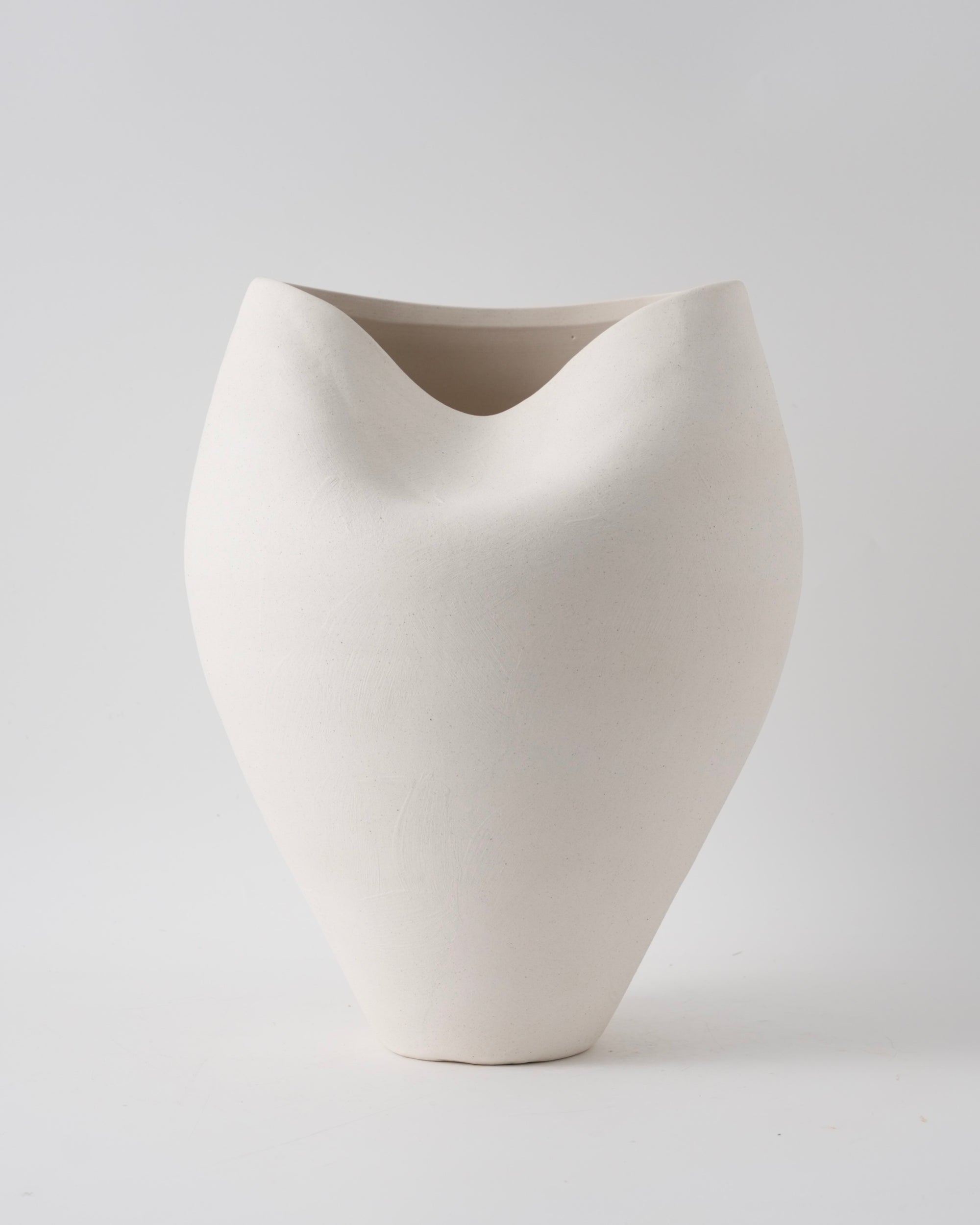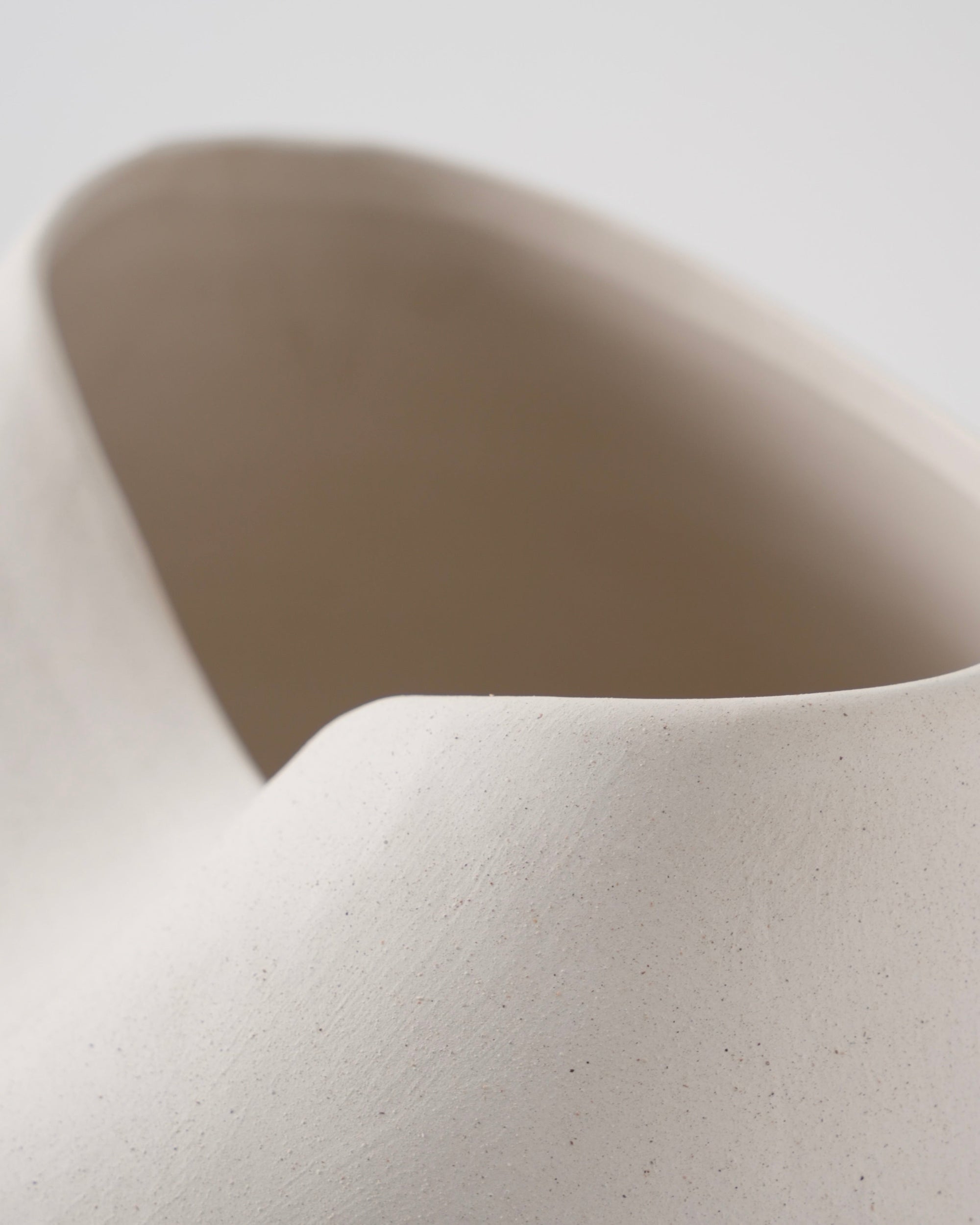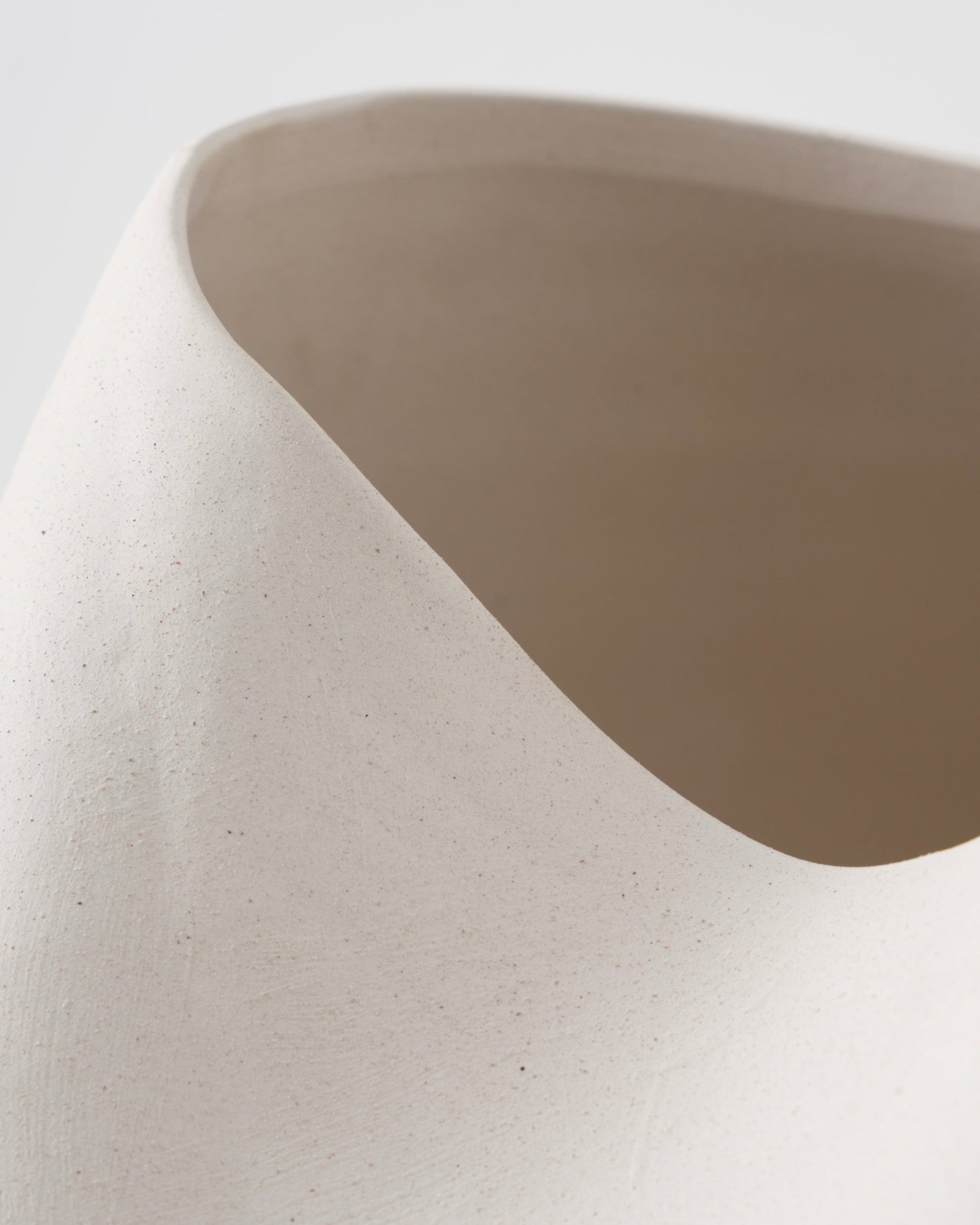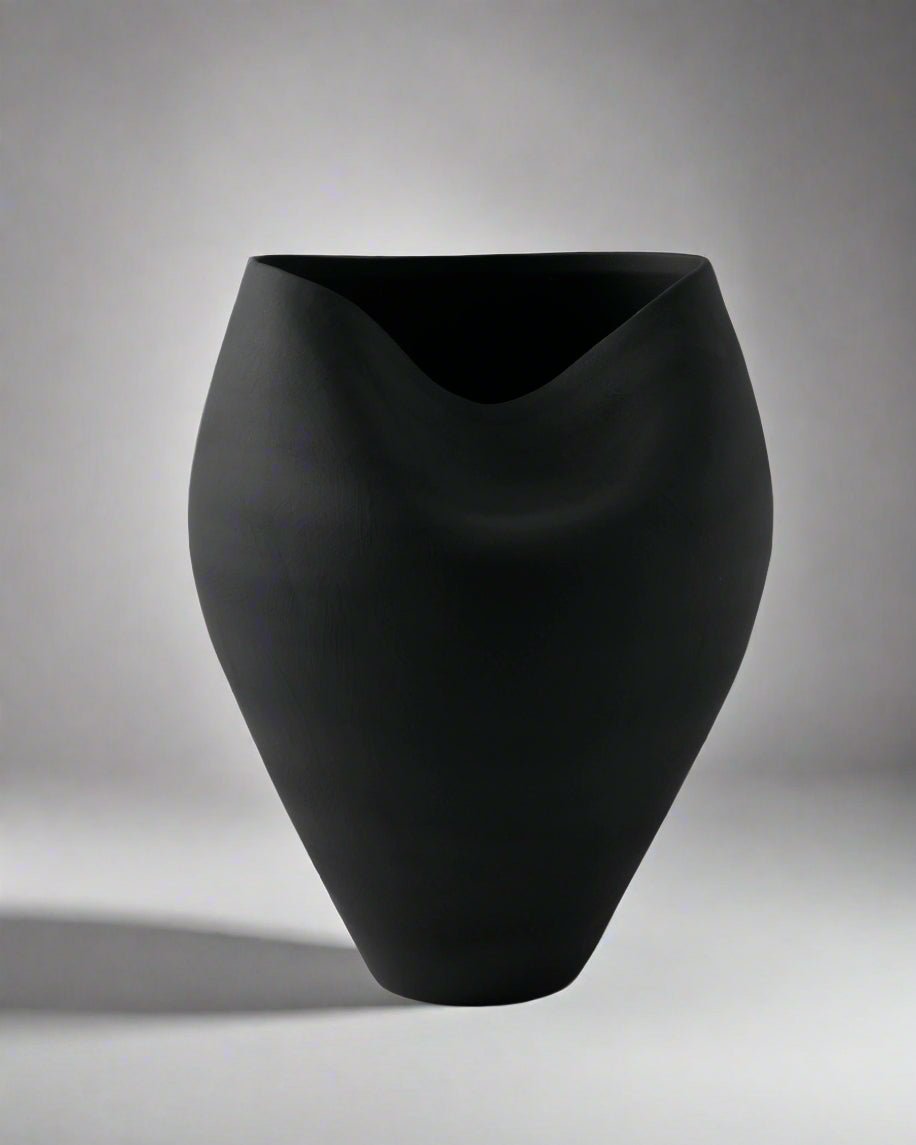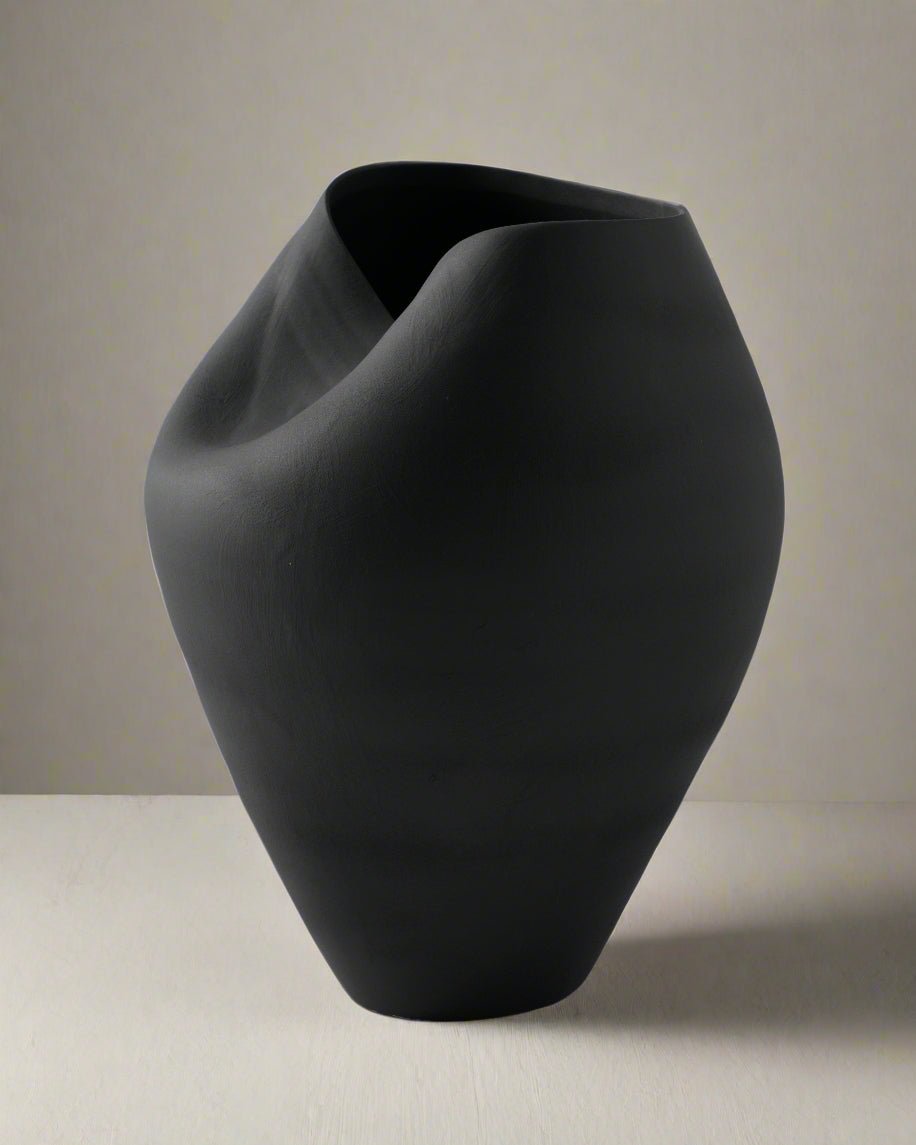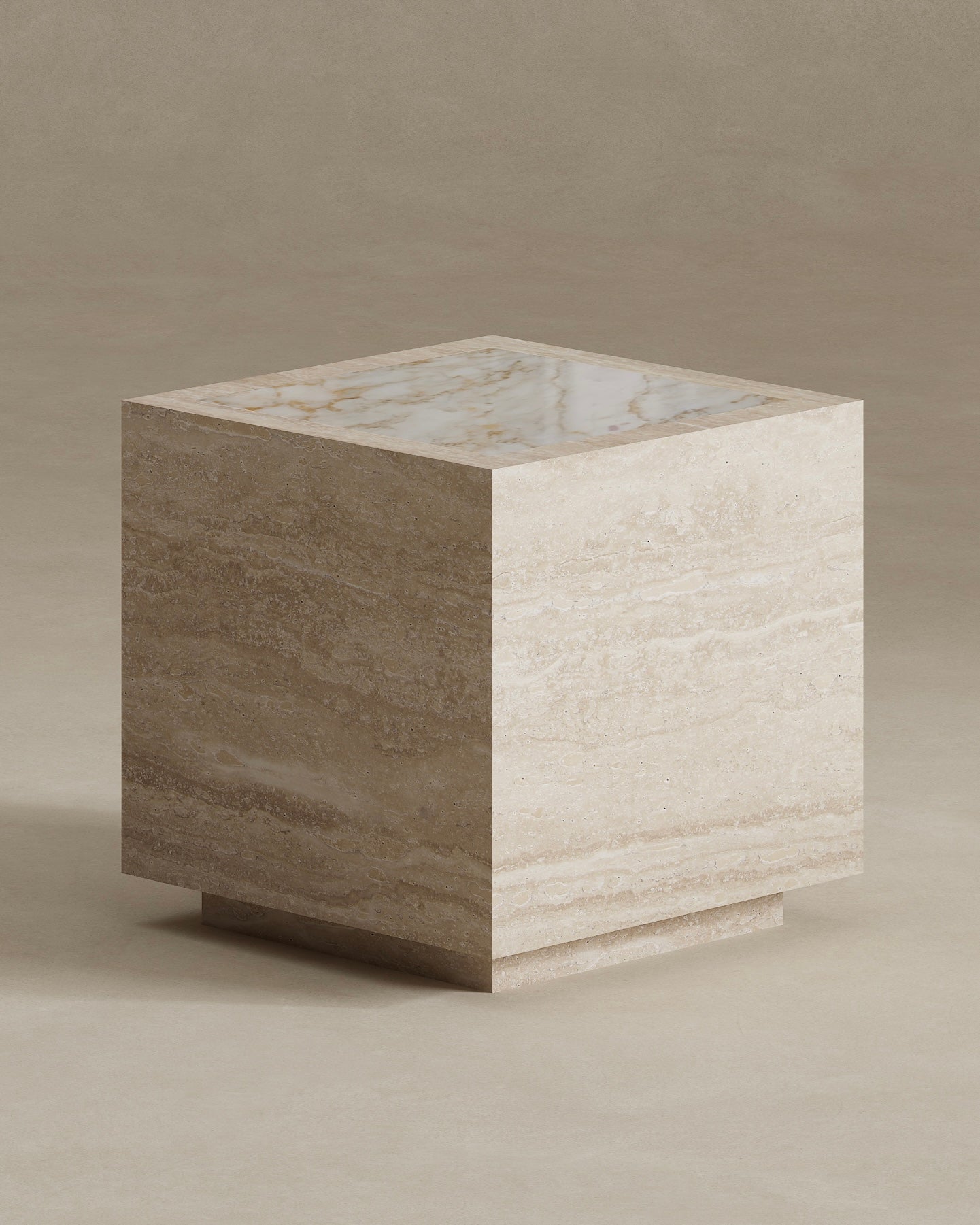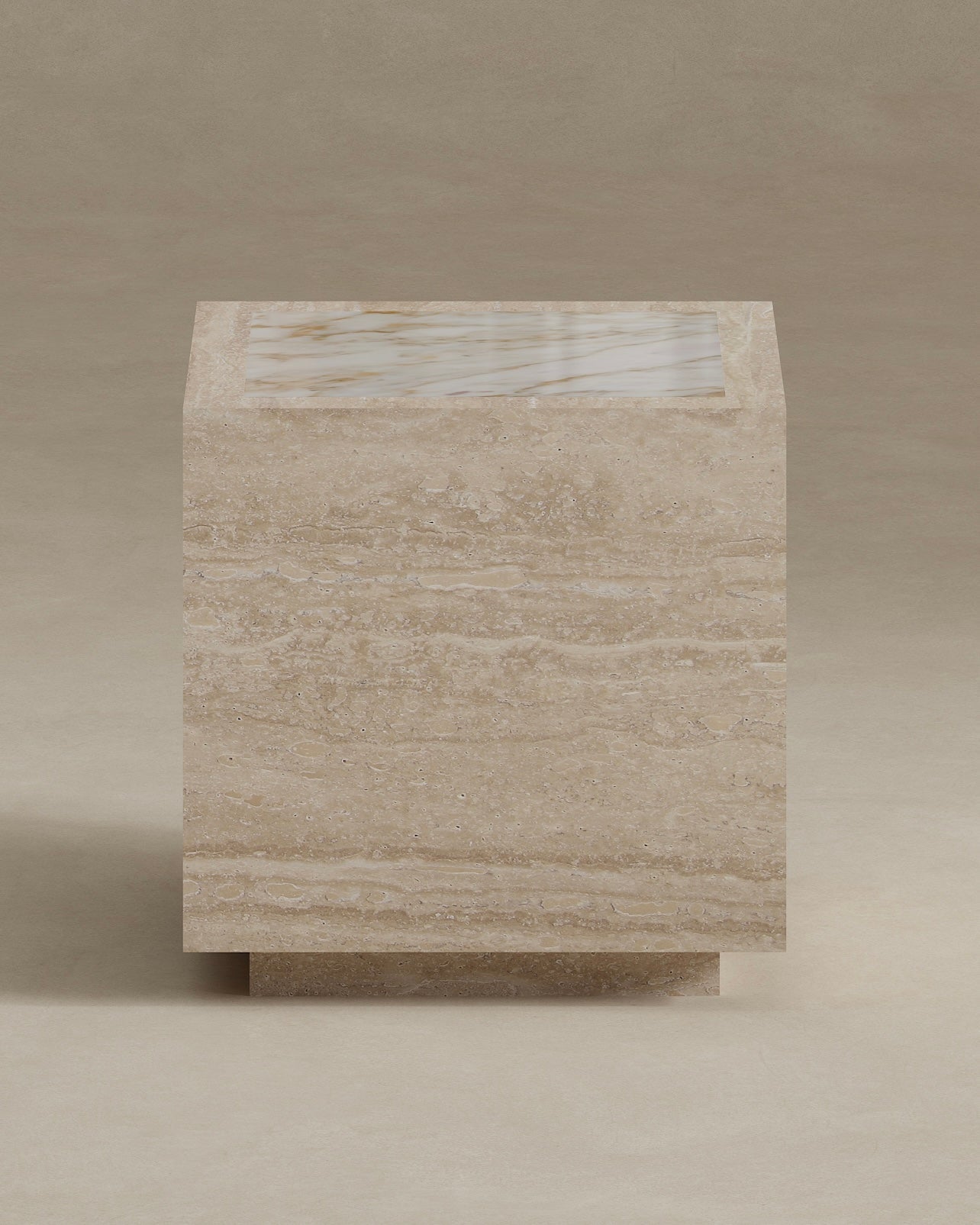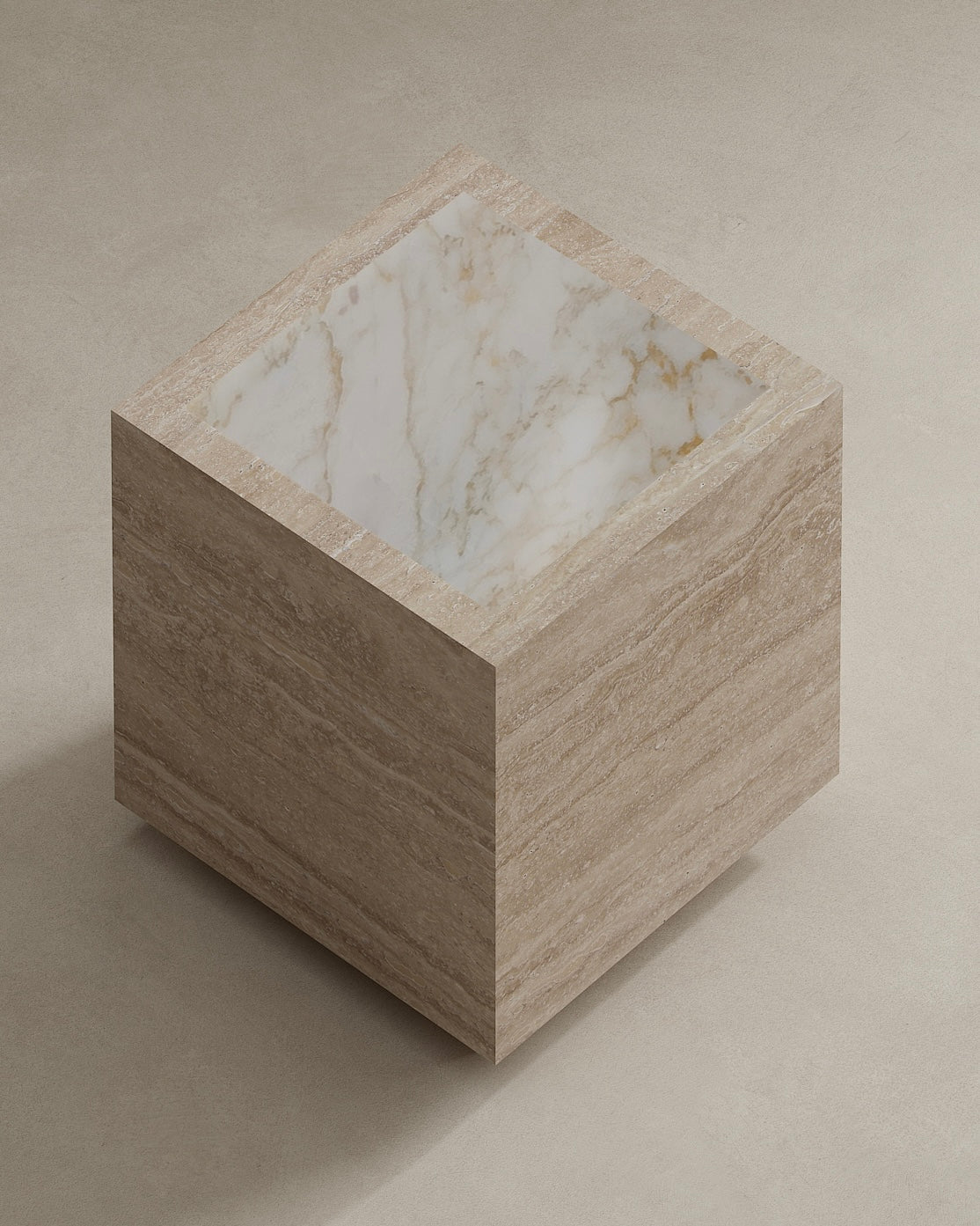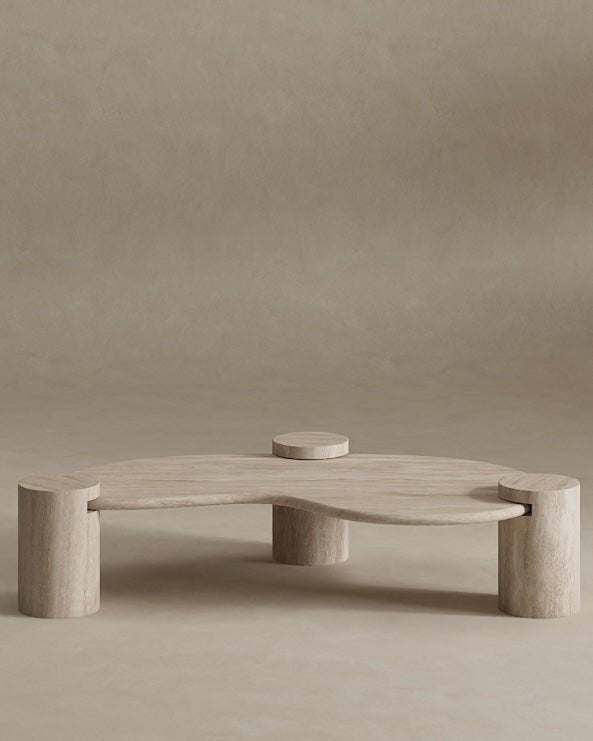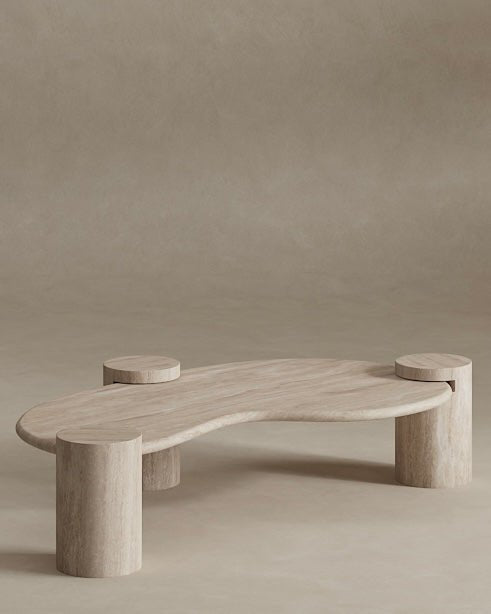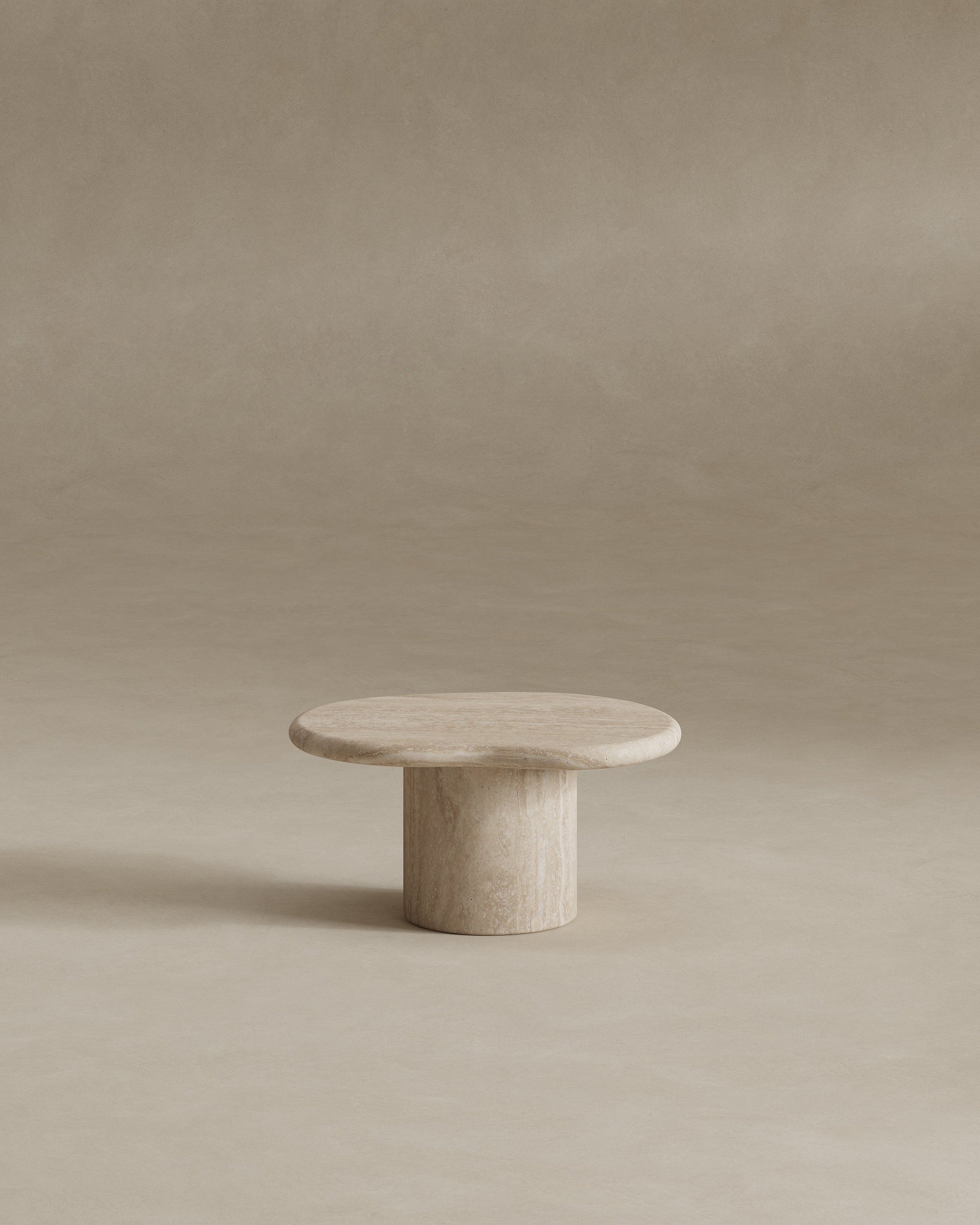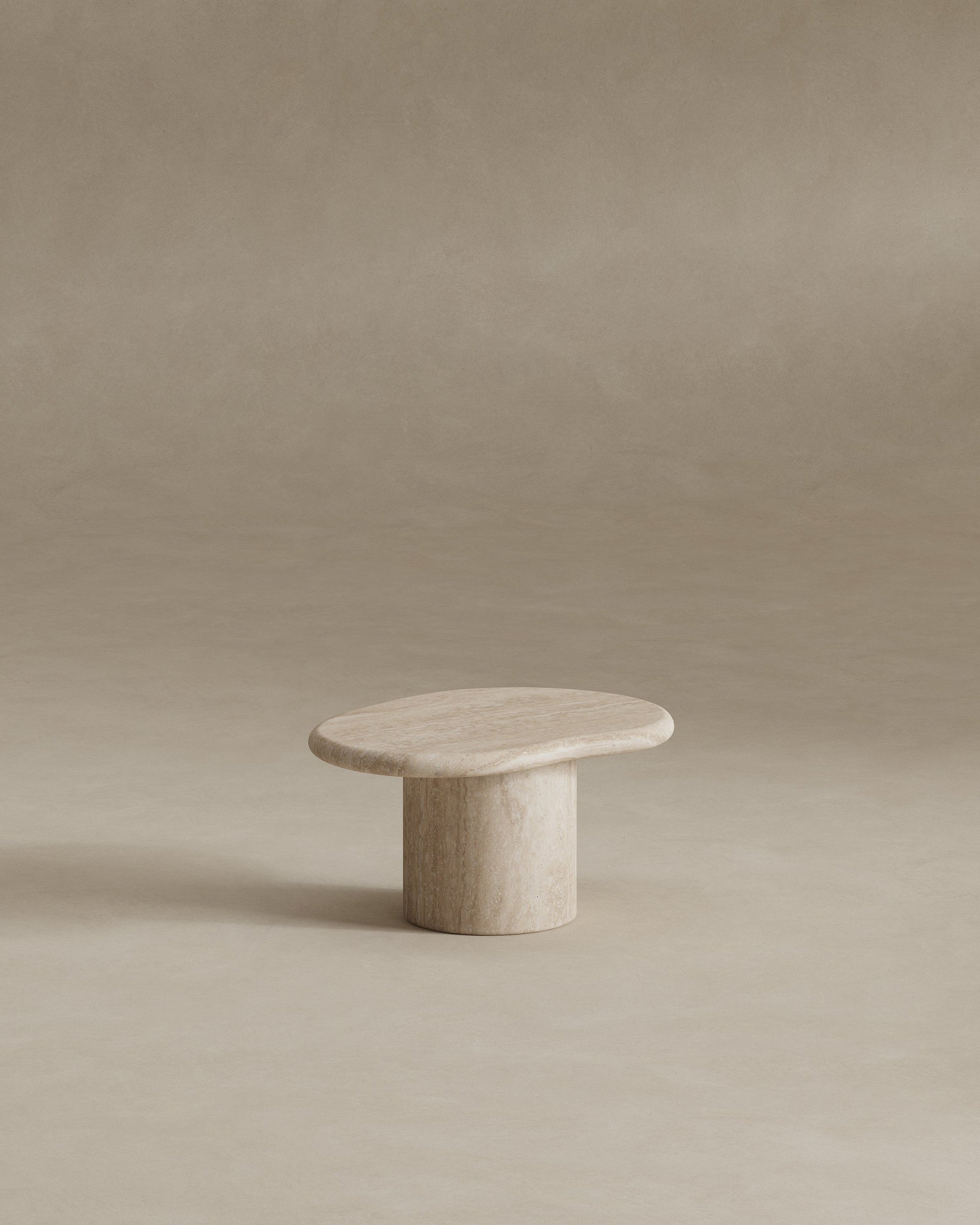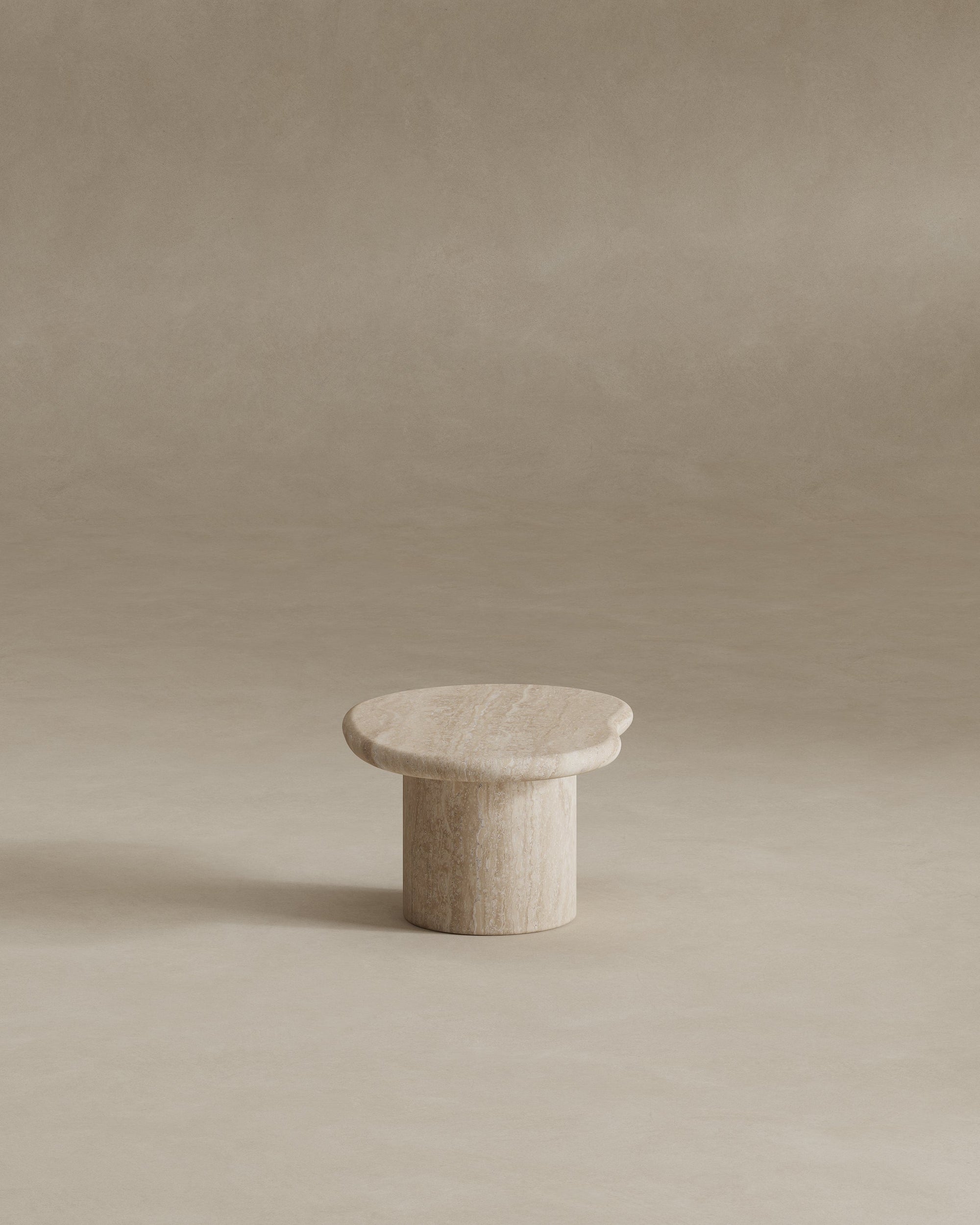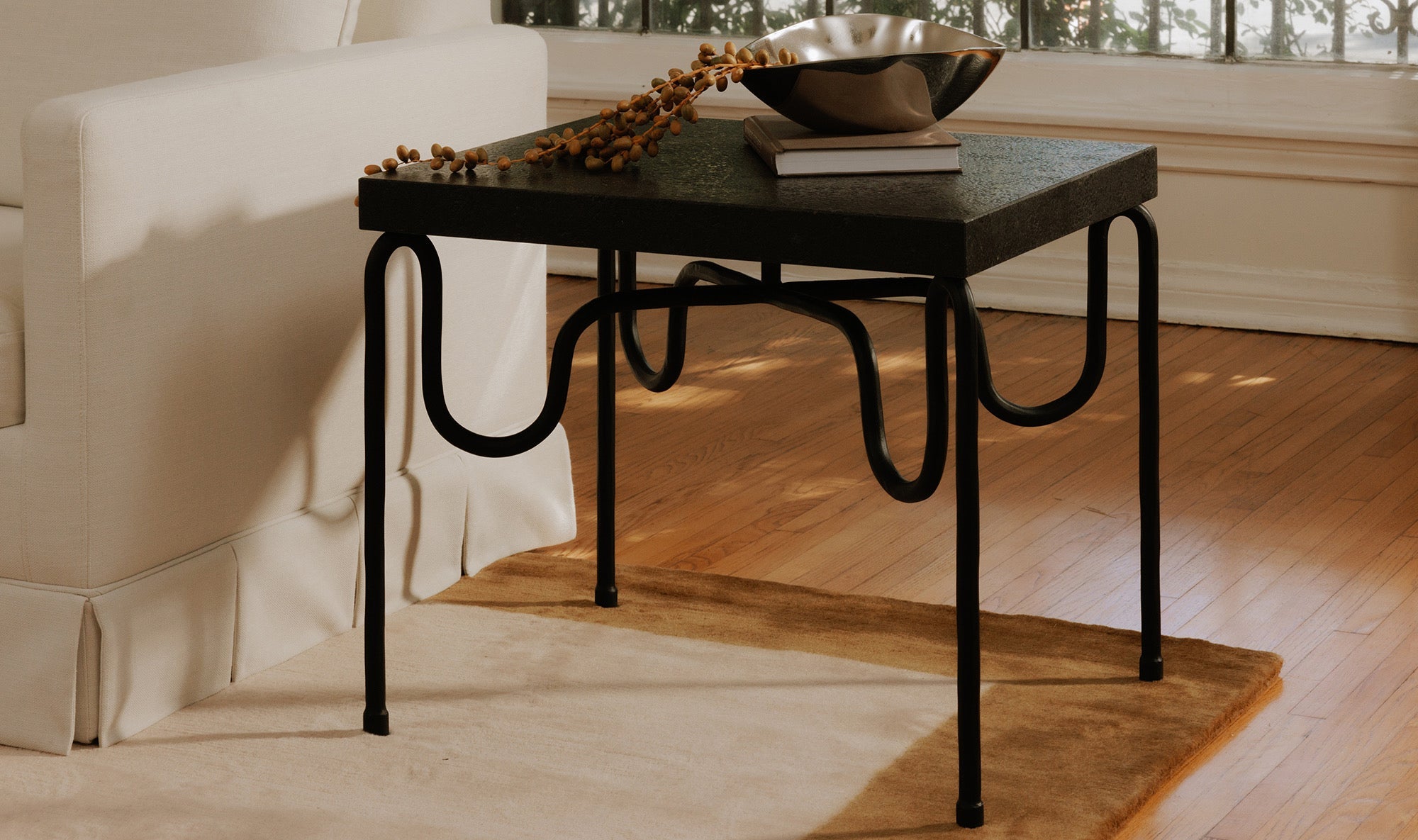Marble, a luxurious and opulent natural stone, is a metamorphic rock made of recrystallized carbonate minerals. What once was dolomite or limestone, marble undergoes metamorphosis due to extreme heat and pressure. This meticulous process results in the creation of distinct veining and variations in color, as a result of the presence of impurities and mineral components within the original stone. However, this stone is far from imperfect, as it's unique characteristics and qualities are well sought-after, making for an opulent choice in nearly every home.
When found in the form of furniture, marble offers an innate luxury and natural beauty that is present within it's appearance and enduring quality. Bringing both timeless elegance and a durable nature unlike any other materials, marble is a suitable choice for any space and continuously crafts many elevated pieces. Often found in unique constructions, investing in marble furniture is worthwhile, as it is both beautiful and can withstand the test of time.
Preserving the Elegance of Your Marble Furniture
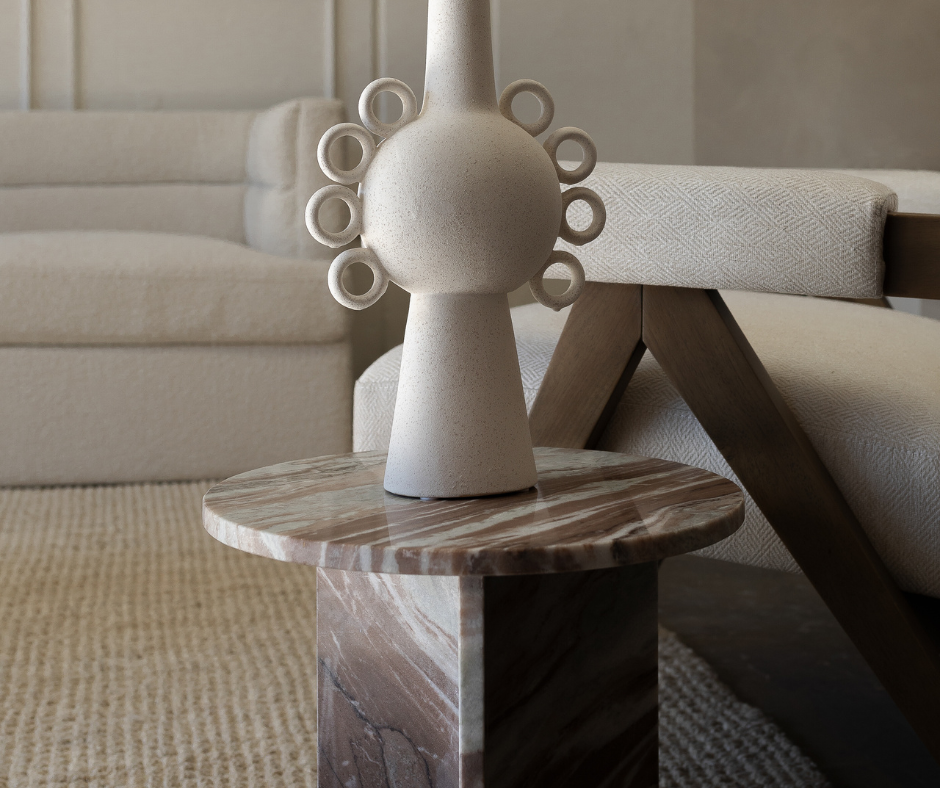
To care for your marble, it is beneficial to practice mindful, routine maintenance that will altogether expand the longevity and beauty of your marble furnishings. Proper care for your marble summons attention to detail and a gentle hand, in order to protect the surface and lavish appearance of your furniture. The best form of maintenance is to use a soft cloth with a delicate cleaning solution, clean any spills as soon as they happen, and to avoid any abrasive cleaners and harsh cleaning utensils.
Cleaning Your Marble Furnishings
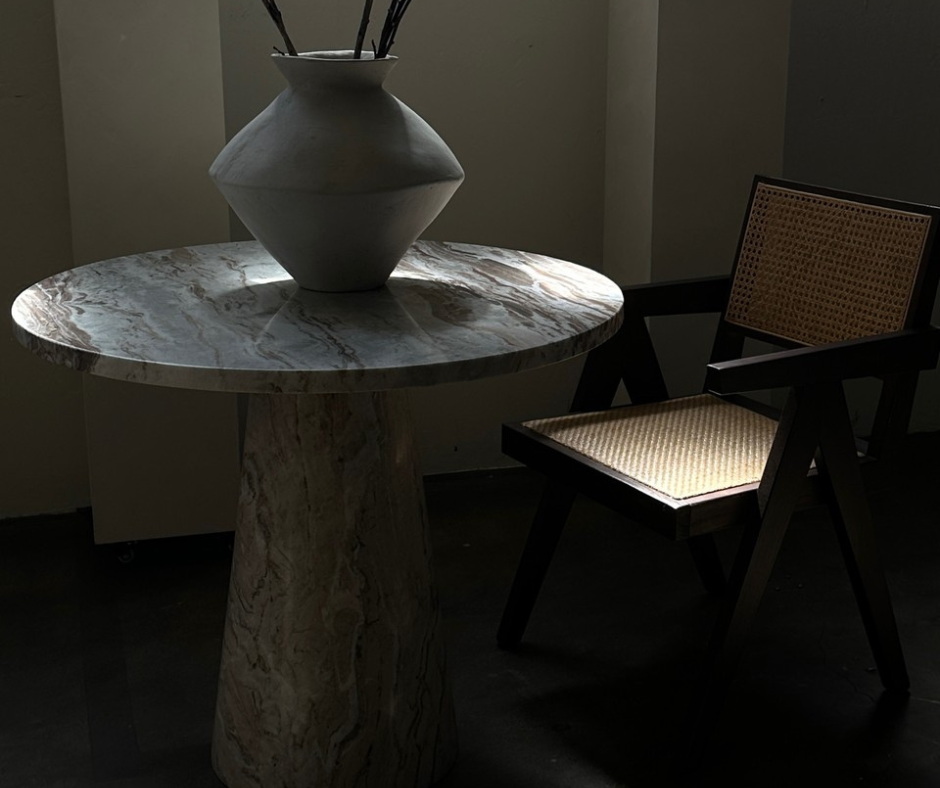
1. Use a Soft Cloth
When cleaning your marble furniture, use a delicate microfiber cloth to prevent any scratches or damage from occurring. Avoid using steel wool, harsh sponges or brushes that will cause scratches to the marble table top.
2. Utilize a Gentle Cleaning Solution
To craft a gentle cleaning solution, combine mild dish soap with warm water. With a damp cloth and the delicate solution, gently wipe away any spills or mess that has occurred.
3. Avoid Harsh Chemicals
Using harsh chemicals, such as lemon juice, bleach or vinegar on your marble furnishings can cause damage or etching to the surface, which will make it appear lackluster. Marble is known for it's charming appearance, therefore, this step is imperative to maintaining its beautiful qualities.
4. Refrain From Aggressive Scrubbing or Heavy Pressure
When cleaning the marble surface, refrain from applying excessive pressure, especially scrubbing. Avoid using rough or abrasive materials, such as scrub brushes or abrasive sponges, as these can scratch the surface and make it more susceptible to staining.
5. Regularly Dust Your Decor
Practice routine dusting to prevent any accumulation of debris, dirt, or abrasive particles that can scratch the surface over time. Use a soft, microfiber cloth or a feather duster to gently remove any dust or debris.
6. Routinely Maintain Your Furniture
Routinely caring for your furniture will ensure its longevity. Regular maintenance prevents the need for more aggressive cleaning methods down the line.
Ways To Avoid Staining Your Marble Furniture
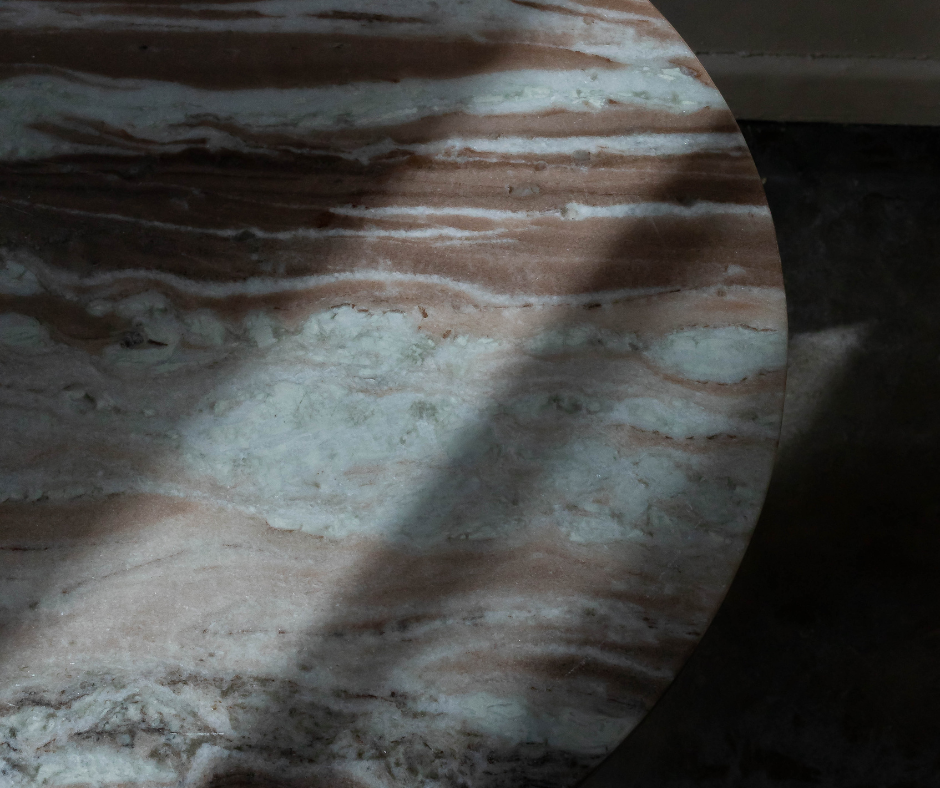
1. Clean Any Spills Immediately
To avoid any staining occurring, it is best to clean any spills as soon as they happen. Quickly wipe away your spills, especially from acidic substances, such as coffee, wine or juices, as these may cause irreversible damage down the line.
2. Utilize Coasters & Trivets
Place coasters under glasses and cups to prevent any moisture rings or condensation from setting into the marble. Similarly, utilize trivets to host hot dishes which can cause discoloration. Be cautious when selecting your coasters or trivets, as you want to avoid any materials that will cause scratching to occur.
3. Seal Your Furniture
Regularly check the sealant on your marble furniture to ensure its effectiveness. Reapply a high-quality sealant as needed, especially in high-traffic areas or places prone to frequent spills. It is best to use a solvent-based sealer, as this will penetrate the porous surface, which will offer a protective barrier. Opt for a sealer that offers long-lasting protection that works against water, oil and other household liquids.
What To Do If A Stain Occurs
If your marble decor happens to get stained, here are four effective ways to address the issue:
1. Create a poultice
Craft a poultice made with a mixture of baking soda and commercial marble cleaner. Apply the concoction to the stained area, cover it with plastic wrap, and allow it to sit for one to two days before wiping it off and rinsing the surface.
2. A Hydrogen Peroxide Treatment
For lighter stains, use a combination of hydrogen peroxide and a few drops of ammonia. Apply it to the affected area, cover it, and let it sit for about a day before rinsing thoroughly.
3. Corn Starch Application
For stains that are oil-based, sprinkle corn starch atop and allow it to sit for one to two days. The corn starch should absorb the oil.
4. Use A Professional Marble Cleaner
If you have a stubborn stain, consider using a commercial marble cleaner formulated specifically for stain removal. For the best result, follow the product's instructions to ensure proper application.
If you find your stain is still present, it is best to consult a professional stone restoration expert to better assist you with your furniture revival.
Frequently Asked Questions
What are some common misconceptions about caring for marble?
Often misconceptions regarding caring for marble occur due to the lack of understanding of its unique qualities. Marble is commonly thought to be highly sensitive to water, and although it is valid that marble is porous and can absorb liquids causing stains, if the table is properly sealed this can be avoided. If by chance an acidic substance comes in contact with the marble, it is imperative to clean as soon as possible.
Lastly, it is frequently assumed that all types of marble require the same type of maintenance, however every type of marble contains its own porosity and susceptibility, and therefore, should be considered when learning about the best care practice. It is beneficial to understand what type of marble is used in your item, as this will help you properly care for your marble.
What types of marble are popular in home decor?
Various types of marble tend to be favored within the home, as it serves as a functional material, regardless of the many forms it may take. From kitchen countertops to flooring to statement furniture, marble can be found in traditional aesthetics of white, gray and black, or in more playful palettes. Traditional forms of marble tend to be Calacatta or Carrara, however the possibilities of marble are endless, as other forms, such as Sawar or Swedish Green, are being brought into the home.
Is marble worth the cost?
While it may come out to a higher initial cost in comparison to other materials, the longterm benefits of marble far outweighs the cost. Aside from the aesthetic aspect marble offers, this material is resilient, lasting under many conditions and can be easily managed when routinely maintained.
Is marble considered environmentally friendly?
Marble is a natural material, making it a more sustainable and eco-friendly choice compared to synthetic alternatives. It is a long-lasting material that can be recycled and repurposed.
Investing in Marble Furniture
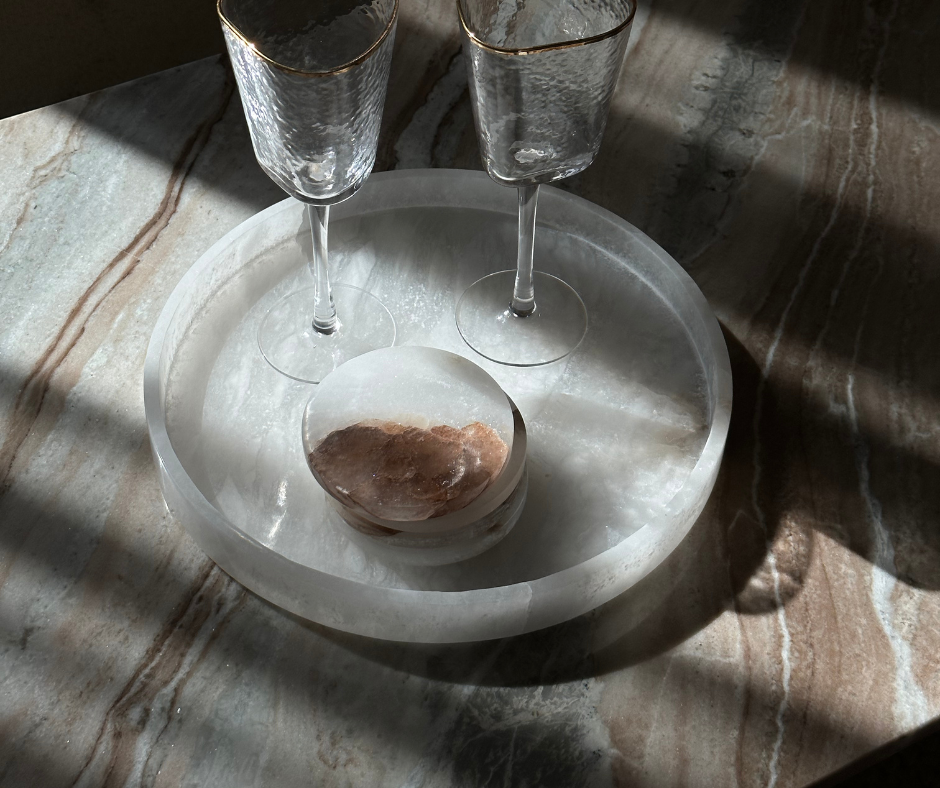
Marble furniture, such as coffee tables or dining tables, are excellent pieces to invest in when decorating your home. Marble is durable, functional and effortlessly blends into various decor styles, offering a natural beauty.
If you're interested to learn more about investing in a marble dining table or marble coffee table, visit our collections here.

